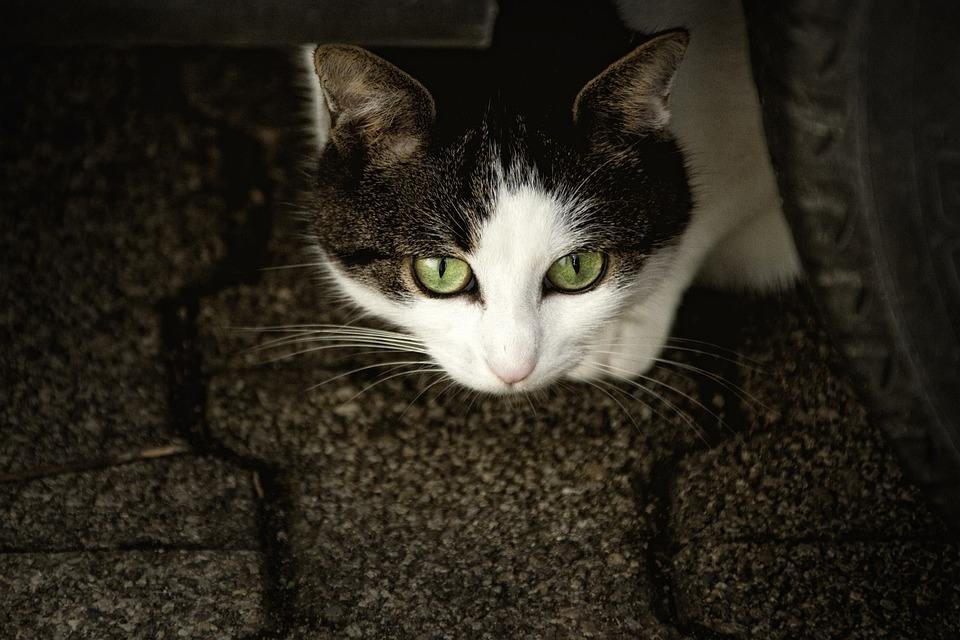Cats are known for their independence and stoic nature, often hiding signs of pain or discomfort. As responsible cat owners, it is crucial to familiarize ourselves with the subtle signals that indicate our feline friends may be suffering. By learning to recognize these signs, we can promptly address their pain or discomfort, ensuring their well-being and happiness. In this article, we will explore common indications of pain in cats and provide useful tips on how to manage their discomfort.
Recognizing Signs of Pain or Discomfort in Cats
Cats have evolved to mask pain, making it challenging to identify when they are experiencing discomfort. However, there are certain signs that may indicate they are in pain. It is important to note that these signs can vary depending on the individual cat and the underlying cause of their discomfort. Here are some common indications to watch out for:
1. Changes in Behavior: Cats in pain may exhibit behavioral changes such as aggression, irritability, or withdrawal. They may become unusually vocal or hide more than usual. Pay attention to any sudden and significant shifts in their behavior.
2. Altered Eating Patterns: A cat in pain may experience a loss of appetite or show reluctance to eat. Conversely, some cats may overeat due to stress or as a distraction from their discomfort. Monitor their eating habits closely.
3. Litter Box Issues: Painful cats may avoid using the litter box or have difficulty doing so. They may urinate or defecate outside the box, indicating that something is amiss.
4. Changes in Mobility: Observe your cat’s movement carefully. Pain can cause limping, stiffness, or a reluctance to jump or climb. Difficulty in grooming certain areas of their body may also be a sign of pain.
5. Vocalization: Cats may vocalize more frequently or differently when they are in pain. They may meow, growl, or hiss excessively, especially when touched or when trying to move.
6. Changes in Sleep Patterns: Pain can disrupt a cat’s sleep, leading to restlessness or excessive sleeping. Keep an eye on any unusual shifts in their sleep patterns.
7. Grooming Changes: Cats are known for their meticulous grooming habits. If you notice a decrease in grooming or excessive licking of a specific area, it could be a sign of pain or discomfort.
Addressing Pain or Discomfort in Cats
Once you suspect your cat is in pain or discomfort, it is essential to take appropriate steps to alleviate their suffering. Here are some strategies to help manage their pain effectively:
1. Consult a Veterinarian: If you observe any signs of pain in your cat, it is crucial to seek professional advice. A veterinarian can conduct a thorough examination, identify the cause of the pain, and recommend appropriate treatment options.
2. Provide a Comfortable Environment: Create a safe and cozy space for your cat to rest and recover. Ensure they have a warm bed, access to clean water, and a litter box nearby. Minimize noise and disturbances to promote a calm environment.
3. Administer Medication as Prescribed: If your veterinarian prescribes medication, carefully follow the dosage instructions. Administer the medication as directed and report any unexpected side effects to your vet.
4. Adjust their Diet: Some cat ailments and conditions may require dietary modifications. Consult your veterinarian to determine if a special diet could help alleviate pain or discomfort.
5. Offer Gentle Massage and Physical Therapy: Under the guidance of a veterinarian or a certified animal physical therapist, you can provide gentle massages or engage your cat in targeted physical therapy exercises. These activities can help improve circulation, reduce stiffness, and promote healing.
6. Promote Mental Stimulation: Engage your cat in playtime, puzzle toys, or interactive activities that stimulate their mind. Mental engagement can divert their attention from pain and contribute to their overall well-being.
FAQs (Frequently Asked Questions)
Q: Can cats experience chronic pain?
A: Yes, cats can suffer from chronic pain caused by conditions such as arthritis, dental disease, or cancer.
Q: How can I tell if my cat is in pain if they are not showing any obvious signs?
A: Cats are masters at hiding pain. If you suspect your cat might be in pain despite no visible signs, consult your veterinarian for a thorough examination.
Q: Should I give my cat over-the-counter pain medication?
A: No, it is not recommended to administer over-the-counter pain medication to your cat without veterinary guidance. Some human medications can be toxic to cats.
Q: Can stress cause pain in cats?
A: While stress itself may not directly cause physical pain, it can exacerbate existing conditions or manifest as behavioral changes that may indicate discomfort.
Q: How can I prevent my cat from experiencing pain or discomfort?
A: Regular veterinary check-ups, a balanced diet, appropriate exercise, and maintaining a stress-free environment can help prevent many conditions that cause pain or discomfort in cats.
Remember, understanding and addressing signs of pain or discomfort in cats is crucial for their well-being. By remaining observant, seeking veterinary advice when necessary, and providing appropriate care, you can ensure your feline companion lives a happy, pain-free life.








